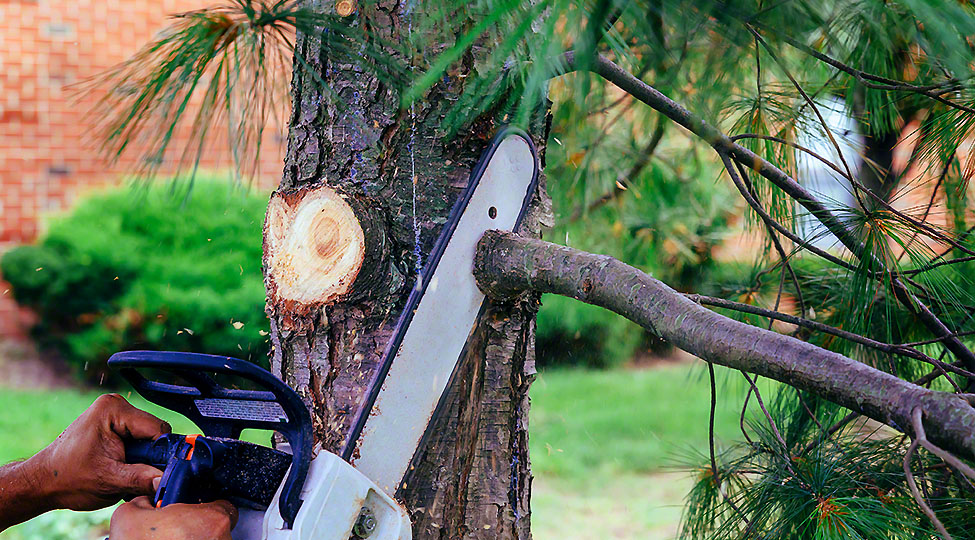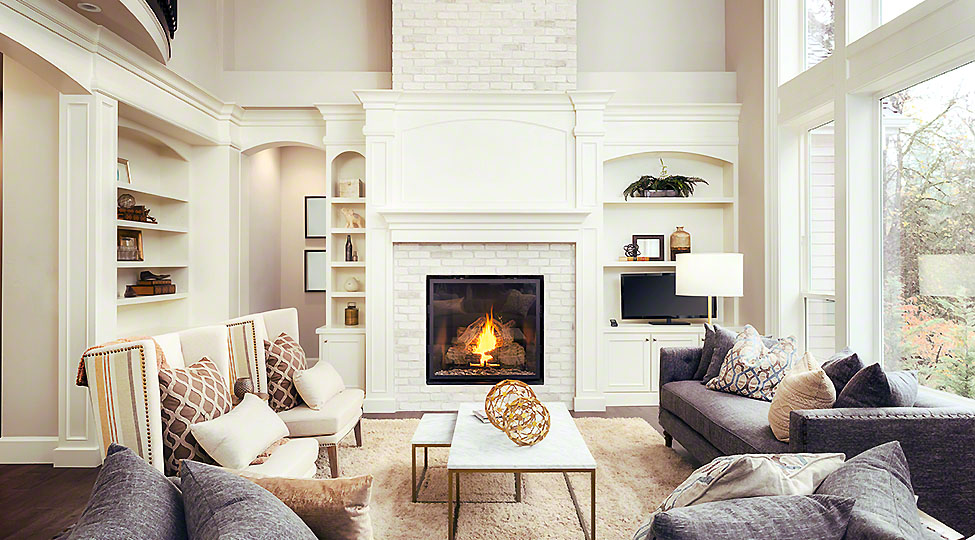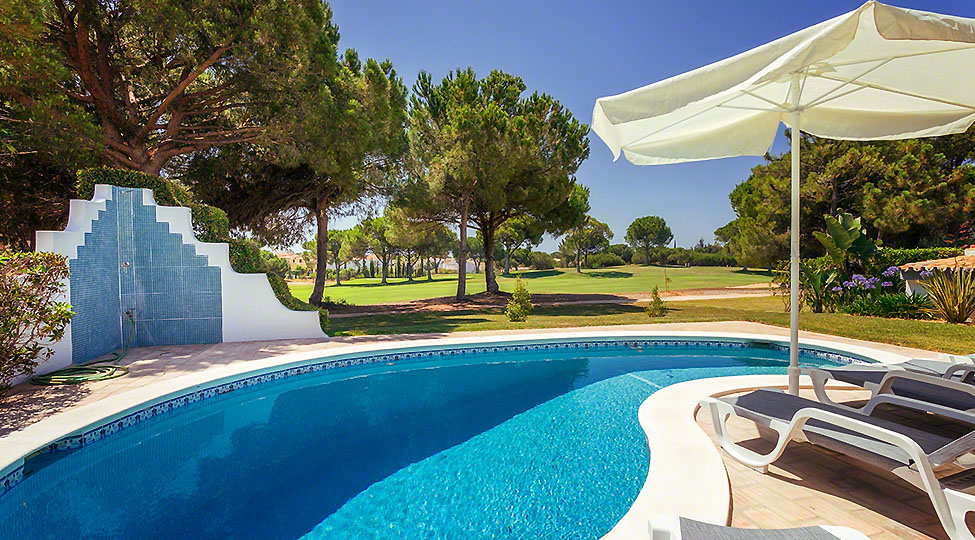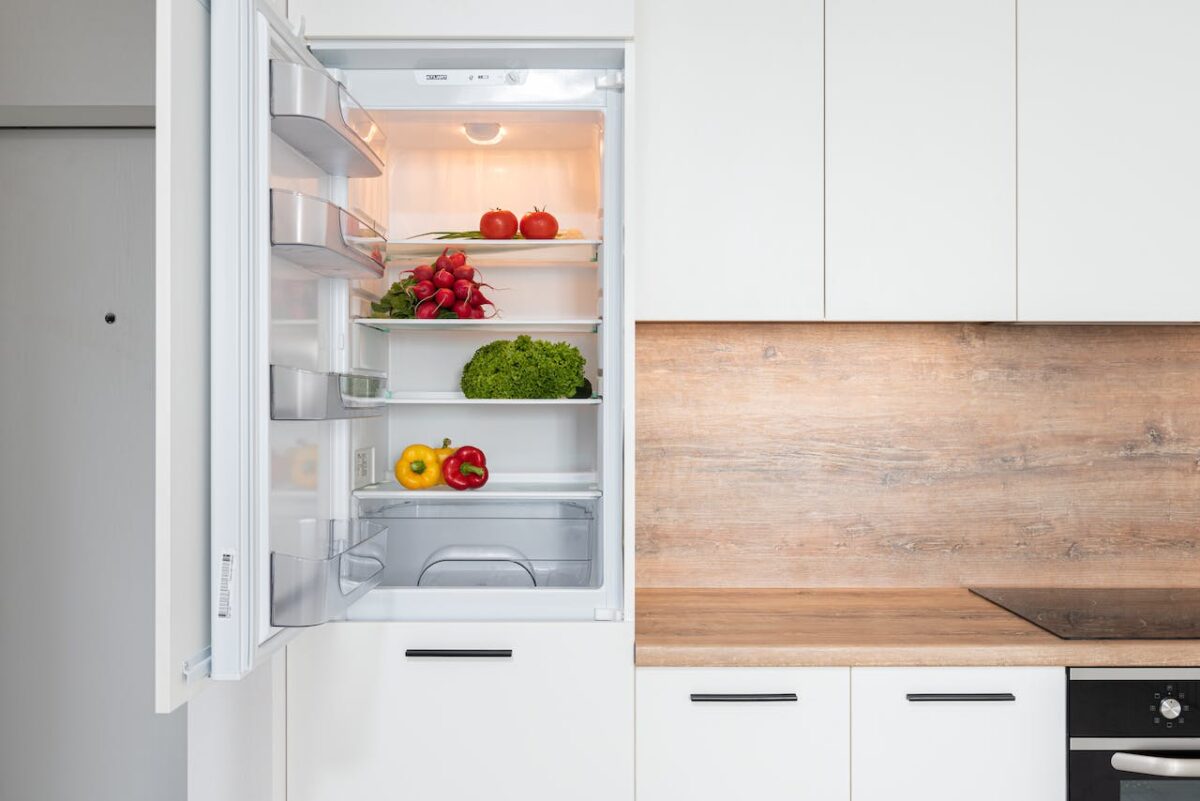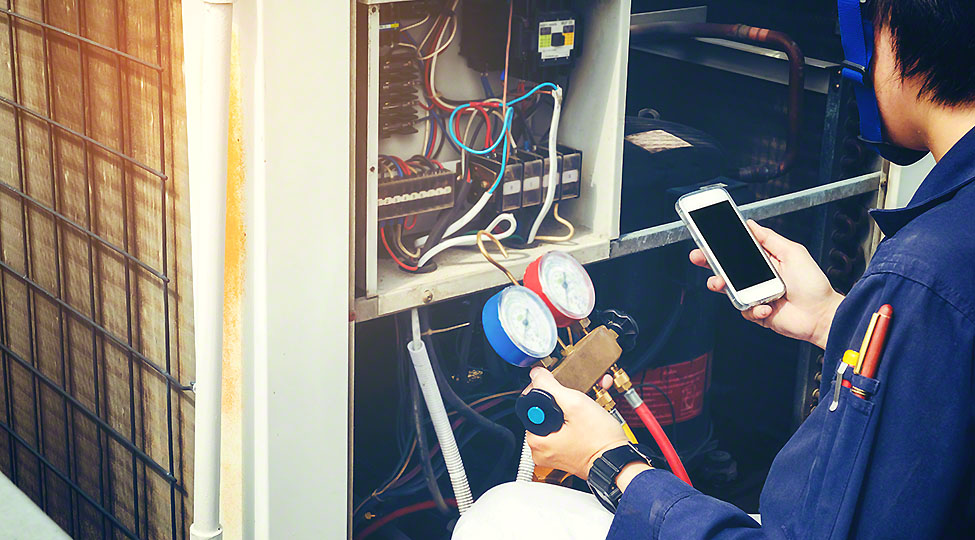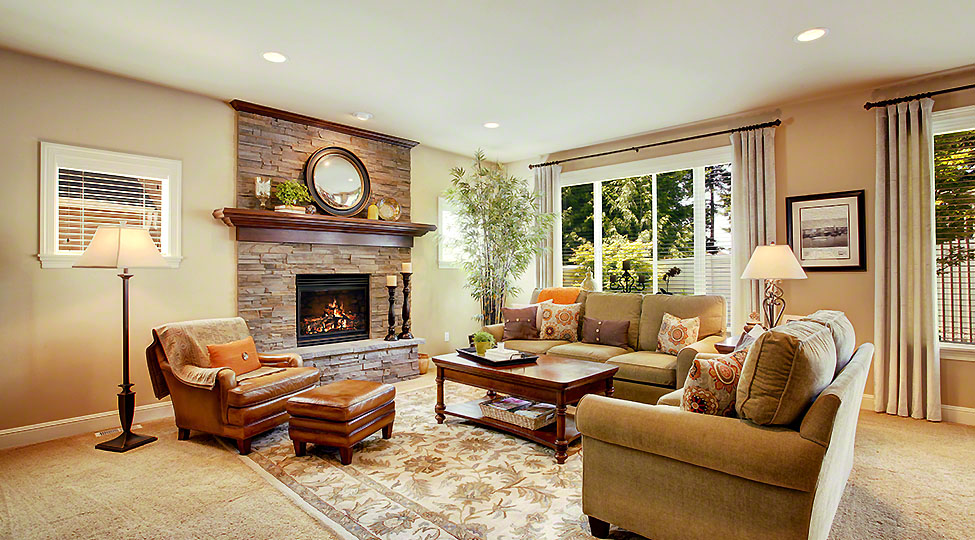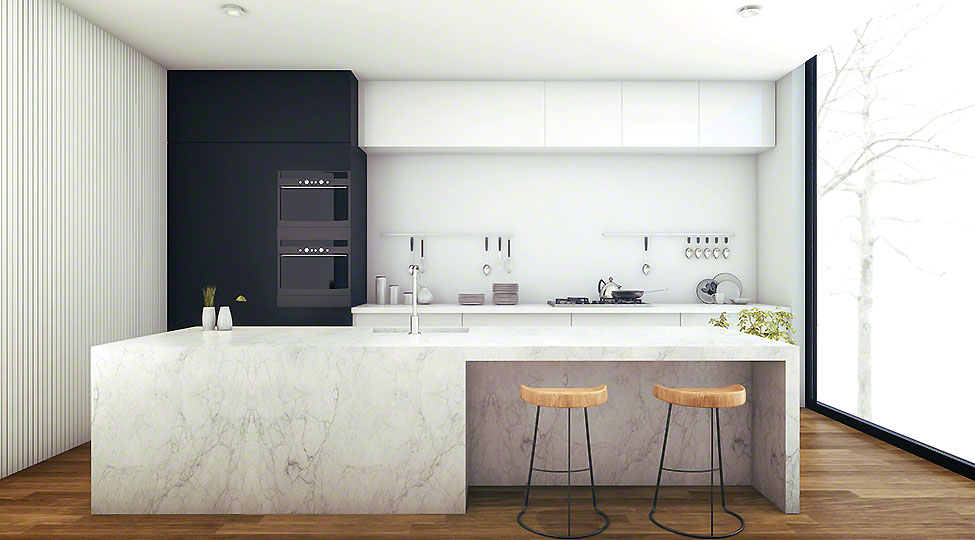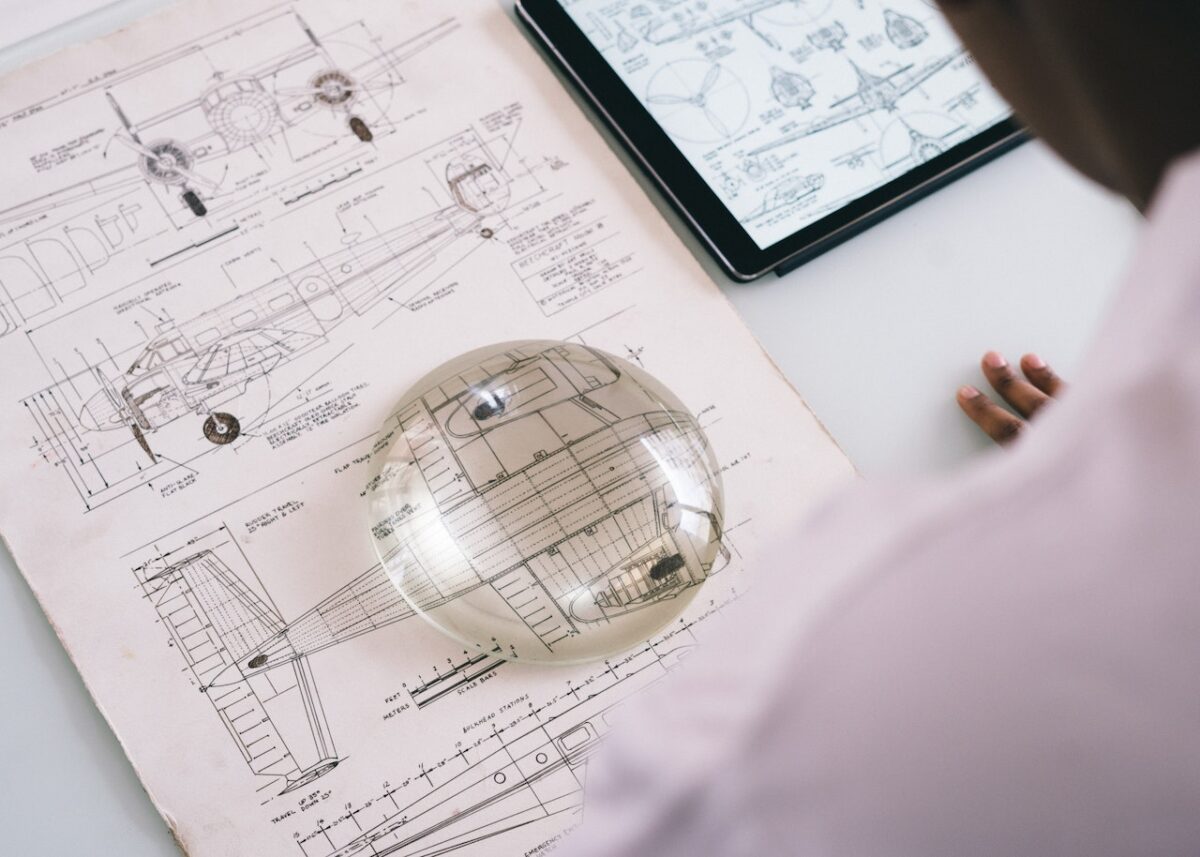Tree removal can be costly. If you have multiple trees surrounding your house, it could eat up a chunk of your savings. Plus, the total cost of the removal process is also based on the size and type of trees. The harder it is to remove the tree, the more the costs. However, if you are smart and know where to cut costs, you will be able to get things done more efficiently. We will share some important information regarding negotiating with tree removal services.
How Much Tree Removal Normally Cost?
Tree removal cost is based on various factors. As mentioned earlier, size and type are one thing but location and area are another. Regardless of the size of the tree, the tree cutting process takes time and is always risky. This is especially the case with bigger trees. Trees that have been around for decades will have their roots spread deep inside the earth.
That said, removing such trees might require an entire team of experts. This shows that the total cost of tree removal is not fixed. It will vary based on the circumstances and the number of labor hours required. If the tree removal service finds it relatively easy and quick to remove the tree, the price will be cheaper.
Plus, the tree removal charges may also differ based on the state. Normally, trees up to 15 ft can cost between $335-$580 if they are either located in the front or backyard. Meanwhile, trees between 25-50 ft. can cost $2,700-$12,500 if there are multiple trees in the surrounding area.
Why Is Tree Removal Expensive?
The reason tree removal companies are usually expensive is due to the massive overheads and running costs involved. It takes a minimum of three experts to handle a tree regardless of the tree’s size and type. Furthermore, tree removal equipment is not cheap either. Most companies tend to spend a lot of money on buying and maintaining their equipment.
Plus, the climber and ground crew are also paid a good salary as the job involves a lot of risks. In addition to that, the insurance for tree services contributes significantly to the overall costs as well. One thing to keep in mind is that not everyone can become a tree removal expert.
People who specialize in such tasks undergo strenuous training and possess skills that raise their value. With time, these people turn into experts who can deal with any tree-related situation.
However, there are also some amateurs eager to offer their services. You might be tempted to opt for their services considering cheaper prices but not without compromising your property’s safety. There have been many accidents in the past where homeowners opted for cheap services leading to trees falling and causing expensive damages.
When Is The Best Time For Tree Removal With Respect To The Cost?
If you have multiple trees in your front or backyard that need to be taken care of, the first thing you are going to do is wait for the cheapest time of the year. During peak times, tree removal services are busy and raise the prices as the demand is high. However, if you were to wait a while, you might be able to save huge costs when the workload is relatively less.
That said, winter is usually the cheapest time of the year for tree removal. This is because the majority of the trees are already going to shed their leaves and nature will do most of the job, the experts have to do otherwise. This also saves time for the experts as there is less risk and all they need to do is cut some branches or trim at most.
Keep in mind that if your tree is damaged, leaning, or infected, you must never wait for the cheapest time of the year and consult emergency tree services Potomac as soon as possible. A damaged tree is a hazard for you, your family, your neighbors, and the property surrounding it.
How To Negotiate Tree Removal Costs?
Now that you are aware of why tree removal services are expensive and the cheapest time to remove the trees, it is time for you to learn the skill of negotiating tree removal services. The most important factor you need to keep in mind here is that you are always going to choose an expert even if the overall process is expensive.
Most homeowners believe that part of saving costs is choosing amateurs for the task. This might save you money but it puts the entire tree removal process at risk. Apart from saving money from hiring cheap services, there are also other ways for you to save your pocket.
Keep Logs As Firewood
If you are removing a large tree, there is a chance that it will leave you with a lot of timber that can be used for the fireplace. If you do not have a fireplace, you can cut the logs down into pieces and list them on sites where people buy and sell wooden logs.
This is the most effective way for you to both sell and get rid of the tree without spending any money. People who purchase the logs will carry them away at their own expense. If you live in a cold region, you can use the logs to keep the house warm and save electricity as well.
Then again, opt for the winter season and get multiple quotes from tree removal services. Even if the trees are relatively small and multiple, the tree removal service will be happy to give you a good deal.
Use Small Local Companies
Smaller companies when compared to larger companies tend to charge less due to fewer overheads and running costs associated with tree removal services. But, this is not a guarantee. If you are planning to buy services from a small company during the peak time, the prices are going to be higher.
Additionally, if the team is experienced and carries all the certifications, the prices are going to be then again, higher. At the same time, small or medium-sized trees can be removed using hand tools and do not necessarily require climbing and machine tools.
Maintain The Trees
Perhaps the best way to save money on tree removal services is by maintaining the trees. In most cases, homeowners tend to wait until the tree grows and reaches a height where it becomes unmanageable. This practice is not suggested by arborists. You should make sure to maintain the trees by pruning and trimming them regularly.
The branches should not extend or grow to the point where they are about to contact the house or your neighbor’s property. This keeps the trees under control and prevents any serious damage during extreme weather conditions as well.
Conclusion
Negotiating tree removal is all about choosing the right time and the right tree cutting services Bethesda. Plus, you should maintain the trees on your own as well. If you are someone who loves having greenery, there is no harm in hiring services that look after the trees. This way, you will be able to both maintain the trees and save expensive costs should there be a need to remove a tree or trees.
